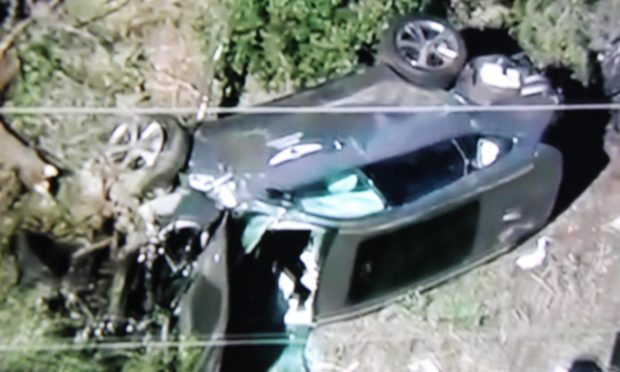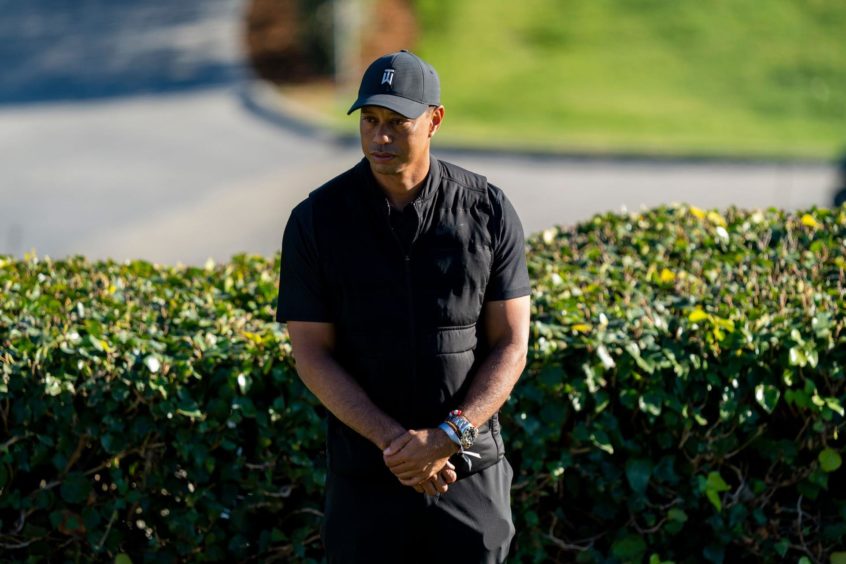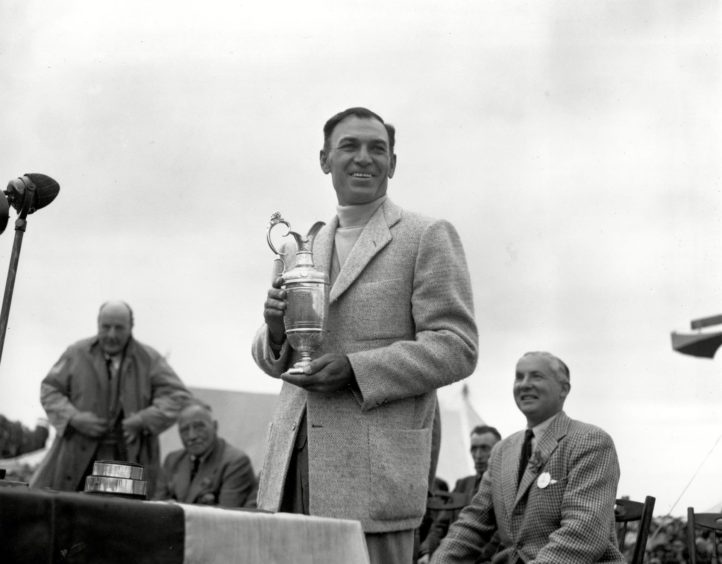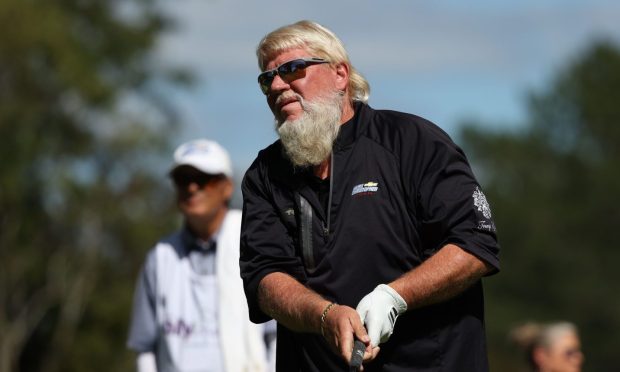Tiger Woods’ fearful car crash in Los Angeles on Tuesday has left him with massive injuries to his right leg and many believing that his unparalleled career in golf is over.
But there’s a precedent, albeit a unique one to this point, that there could be a way back.
Not because of Woods’ considerable fortitude and determination that has brought him back from self-inflicted woes and more serious injuries than any great golfer.
This morning @LMTLASD responded to a roll-over collision in which @TigerWoods was injured. Please see our statement… pic.twitter.com/cSWOxKZC1w
— LA County Sheriffs (@LASDHQ) February 23, 2021
It’s almost a given that he will try. But compound fractures of tibia and fibula and a smashed ankle suggest the road back is fraught and gruelling.
In addition, he’s going to have to endure considerable pain. He’s often said it wouldn’t be worth sustaining his career if he had to manage that affliction.
An example from 70 years ago
But if he’s of a mind, there is an example from 70 years ago – when medical science and rehabilitation were almost prehistoric compared to now.
Tiger’s crash had almost ghoulish parallels with Ben Hogan’s car accident in February 1949.
Hogan, at that time the world’s leading player, suffered life-threatening injuries when an overtaking bus hit the car he was driving head-on.
The then 37-year-old Texan sustained a double fracture of the pelvis, a broken collar bone, broken ankle and almost died at the scene. He’d thrown himself across the front seats of the car to protect his wife Valerie – who was left with just minor injuries – from the impact.
Weeks later Hogan almost died in hospital after developing blood clots, and was only saved by procedures experimental at the time.
Hogan had won three majors prior to the accident – two in 1948 – but it was generally believed his career was over.
However, he was back within a year. At his comeback tournament – the LA Open at Riviera – he was only beaten by rival Sam Snead in a play-off.
Amazingly, Hogan went on to win the US Open in 1950 and 1951, and the Masters in 1951. But 1953 was his greatest year.
Golf’s only triple crown
Playing in just six tournaments that year, the Texan won five of them, including all three majors he entered – The Masters, the US Open at Oakmont, and The Open at Carnoustie.
It’s a “Triple Crown” that has never been matched. Hogan missed out on a chance at the Grand Slam as the PGA Championship’s date clashed with the Open.
This incredible record – six majors won after the accident – came not without cost. After the accident, Hogan had to bind his legs with bandages and take long baths before and after to be able to play at all. He was plagued by circulation problems for the rest of his life.
Playing sparingly because of his injuries, he was still active – and competitive – at the Masters until 1967. At the age of 54 he shot 30 for the back nine at Augusta and finished tied for tenth.
With 21st century advances in medical care compared to Hogan’s day, Tiger certainly has a chance of returning. To get back playing competitively – much less adding to his haul of 15 majors – would enshrine Wood’s position as the greatest golfer ever.
The key differences
But there are key differences. Hogan didn’t have Woods’ multiple pre-accident injury issues. Nor did he endure the level of personal scrutiny of social media trolls and their cruel fantasies about Woods being drunk or on drugs when the accident occurred.
Hogan didn’t have the depth of elite competition in his era. There were great players, but not the 70-80 men – all far younger and fitter than Tiger – capable of winning majors there is now.
Also, it’s clear that Hogan had an incredible will to endure the pain of his body to keep playing. Part of that was financial – he earned just $330,000 his entire career. But it was also a measure of the man.
Woods’ legacy is already secure
— Tiger Woods (@TigerWoods) February 24, 2021
Tiger doesn’t really need to come back; his 15th major at Augusta in 2019 secured his legacy for good. He’s 45, eight years older than Hogan was in 1949.
No-one would blame him for calling it a day now. In truth, it’s not even a consideration until he makes a complete recovery, and his family clearly comes first.
But there’s plenty of Hogan’s unquenchable fire for competition in Woods as well. You wouldn’t bet against it, would you?
Titles, controversies, injuries, comebacks: Tiger Woods’ rollercoaster career










